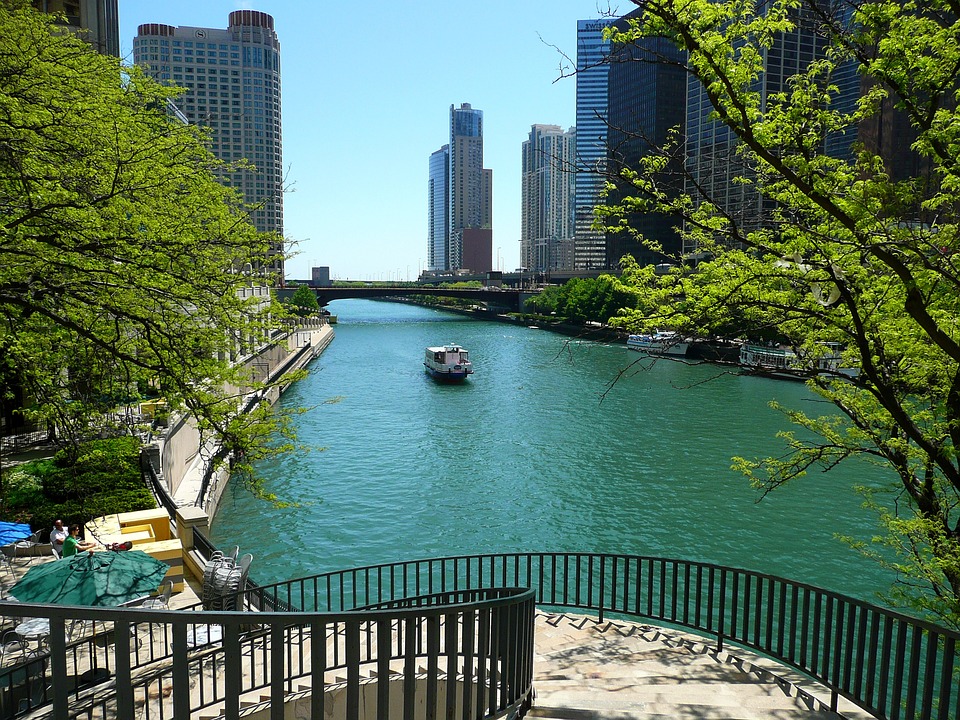▌Chicago has some of the most historic landmarks. The Historic Water Tower used to be one of the city’s main attractions.

Chicago is one of the largest and most populated cities in the United States. It has many attractions for visitors and tourists, to travel around and see. One of the oldest and more popular of all the attractions in Chicago is the City Gallery in the Historic Water Tower. The Chicago Office of Tourism is staffed to take care of and protect the gallery. Chicago Public Art Program is curator of the gallery.
The Historic Water Tower is Chicago’s most beloved landmark and it has been for over 100 years. It was first designed and built by an architect by the name of William W. Boyington. Today, it stands as a memorial to the lives that were lost in the Tragic Chicago Fire. A little bit of history on the Historic Water Tower would date back to 1869 when it was first built to be the home of a 138-foot-tall piece of standpipe. This enormous pipe was also three feet in diameter. The purpose of the pipe was to maintain and equalize pressure and to knock down the amount of water that was flowing through all of the main water pipes in Chicago. The tower was built out of “Joliet” limestone, that was made into blocks, from a rock quarry in Illinois. This was probably the best idea someone had back then, because history tells of a great fire that broke out in Chicago in 1871 and leveled almost all of the buildings except for this tower. The day after the fire, people used this Water Tower as a guide to look through all the ash and ruins for items that had belonged to them.
The tower then became a city monument because of the city’s water works engineers’ spirit and drive to help the people who had lost nearly everything they had owned.
The enormous tower is actually constructed in what people call “castellated gothic style”. The saw-toothed looking tower were drawn up and designed by Boyington to captivate ones sense of a medieval castle. The octagonal form symbolizes Gothic elements, and the slenderness of the tower is supposed to symbolize a “minaret quality”. The total foundation of the tower has over 168 piles that are filled up with concrete and capped off by one foot oak timbers. Enormous stones that are edged in cement make up the base below the grade. All of the 40-foot sides have doorways and two large grand windows. The second and third sections look similar to all the other sides except they rise in height but their size decreases. The octagonal tower is centered and set a little ways back from the top of the third section. From top to bottom it rises over 154 feet from ground level.
The huge sandpipe was eventually removed in 1911, after it became apparent that there was no longer any use for it. The enormous eye-catching spiral staircase that went all the way around the sandpipe was left alone. The spiral staircase is still there, intact, today. The use of the staircase these days is to reach the new tower that was built called the “Cupola Tower”.
Today the official use of the tower is as the city’s photography gallery and the pumping station built below it serves as the Chicago’s main water works supply. A Visitors’ welcome center is also built near it so people may read up on how the tower was first built, and the purposes that it served throughout the years. In 2003 the Chicago Pumping Station became the home of the Lookingglass Theater.
Source: LeGuide


























![Le chocolatier suisse Läderach développe une histoire d’amour avec la Chine [ INTERVIEW ]](https://www.afrique-54.com/wp-content/uploads/2023/12/Johannes-Laderach-et-chocolat-e1702548585357-218x150.jpg)











